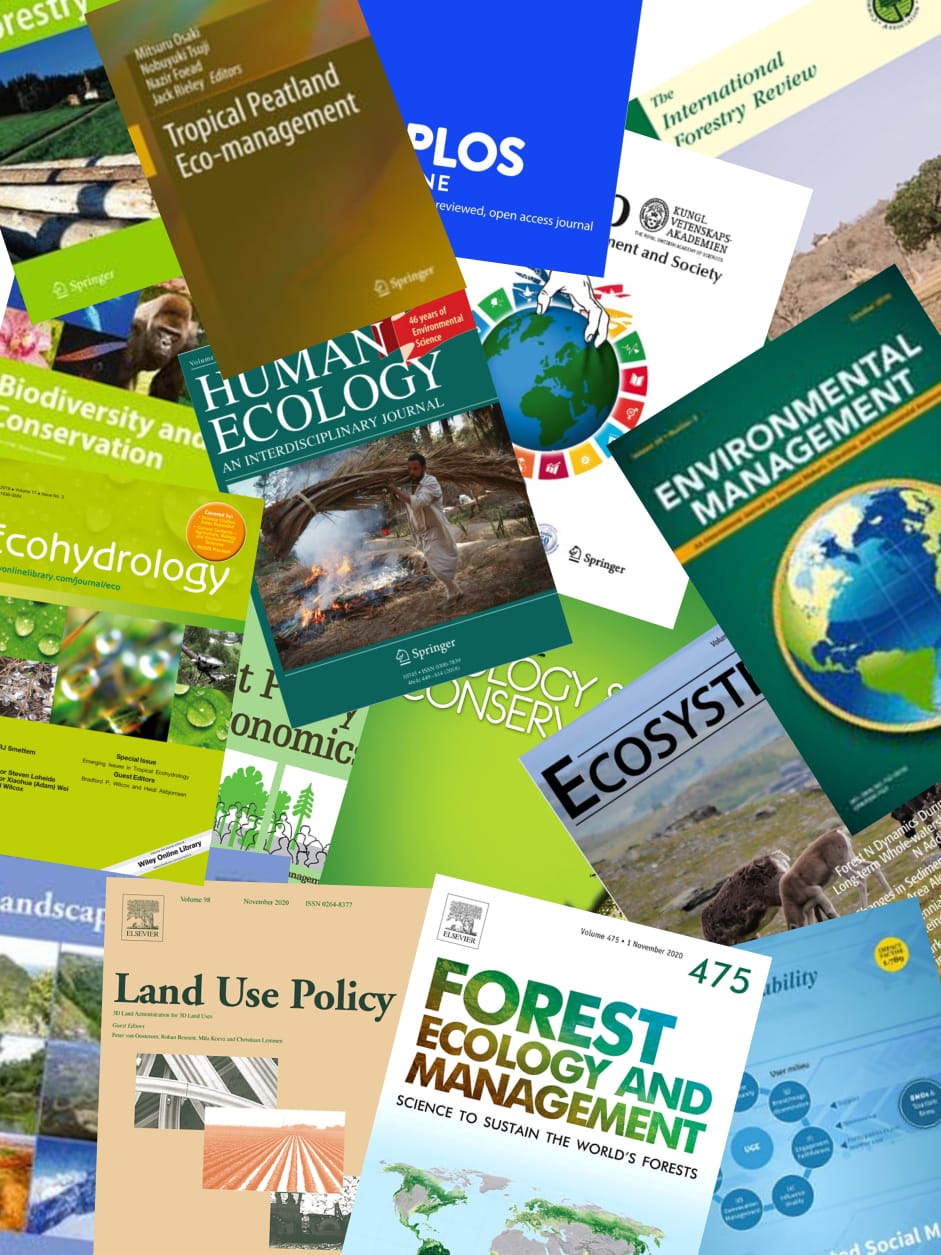In the restoration of drained and degraded tropical peat swamp forest (PSF) it is not well understood whether fire suppression on its own is sufficient to facilitate regeneration, or if rewetting plays a key role. We attempt to answer this question in the Merang area, a 23,000-ha peatland located in South Sumatra province, Indonesia. As with more than 90 % of PSF in Southeast Asia, the area has been largely degraded by logging and drainage canals, along with multiple fires. It has been designated and managed as an ecosystem restoration area since 2016, by which time only a single 254 ha patch of original PSF habitat remained. However, scattered remnant PSF trees (< 1 % cover) occurred throughout the area, along with seedlings of pioneer woody species in a landscape otherwise dominated by sedges and ferns. Peatland rehabilitation began with installation of 84 box dams in 2017, followed by 212 peat compaction dams mainly between late 2019 and early 2020. Since installation of the latter, the average water table depth (WTD) has decreased by 20-120 cm. In parallel with reduced WTD and fire prevention, regrowth has been vigorous, with total cover of woody plants increasing by almost a third, from 28.6 % in 2016 to 39.4 % in 2021. At the same time, changes in normalised difference vegetation index (NDVI) indicate a doubling in increase of woody vegetation cover between 2017-2020 and 2020-2021. Reduced WTD supports the recovery of woody vegetation cover, but Principal Component Analysis (PCA) strongly suggests that fire history determines the species composition of regenerated woody pioneer vegetation. Melaleuca cajuputi dominates where fires have been most frequent (on average > 4 fires), while Macaranga pruinosa, Melicope glabra and Melicope lunu-ankenda dominate in regenerating areas that have experienced 1-2 fires. While fire suppression is essential to prevent further loss of vegetation, effective rewetting is required before woody vegetation can recover.
View source

